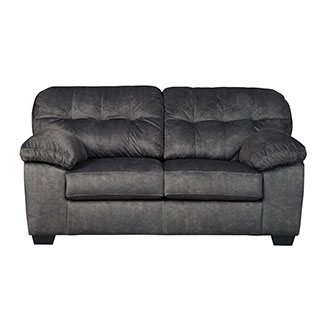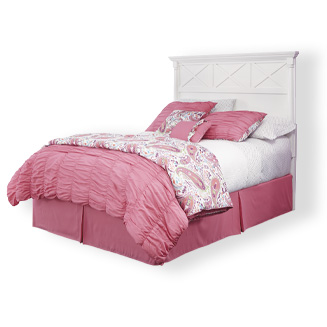Password Recovery
To recover your password please fill in your email address
Create an Account
Please fill in below form to create an account with us
Good Night!
Let's make today a great day!
Furniture is not just a functional aspect of our homes; it's a reflection of our style, personality, and the way we live. Selecting the right furniture for your home can greatly impact its aesthetics, comfort, and functionality. Whether you're moving into a new space, renovating, or simply looking to update your interior, here's a comprehensive guide on how to choose the right furniture for your home.

Before embarking on a furniture shopping spree, take a close look at your space. Measure the dimensions of each room, including doors, windows, and any architectural features. This will help you determine the size and layout limitations for your furniture. Consider the flow of traffic and the purpose of each room – a bedroom will have different requirements than a living room or a dining area.
Your furniture should reflect your personal style and contribute to the overall aesthetic of your home. Are you drawn to a minimalist, modern look, or do you prefer a more traditional, vintage vibe? Research different interior design styles to identify what resonates with you, and use that as a guide for selecting furniture pieces that align with your chosen style.
While aesthetics are important, comfort should never be compromised. After all, you'll be spending a significant amount of time using your furniture. Test out sofas, chairs, and beds before making a decision. Consider factors like cushioning, support, and upholstery material to ensure your furniture is not only visually appealing but also enjoyable to use.
Furniture comes in a wide range of price points. Establish a budget for each room and prioritize your spending based on the importance and frequency of use. High-quality, timeless pieces may be worth a larger investment, while you can opt for more budget-friendly options for items that are easily replaceable.
Investing in well-made furniture pays off in the long run. Quality furniture is built to last, often featuring better construction, durable materials, and attention to detail. Check for sturdy frames, smooth drawer glides, and strong joints when evaluating furniture pieces.
Every piece of furniture should serve a purpose. Think about how you intend to use each room and select furniture that complements those activities. For instance, if you work from home, a functional desk and ergonomic chair are essential. Multi-purpose furniture, such as a sofa bed or a dining table with storage, can help maximize space in smaller homes.
While your furniture pieces don't need to match perfectly, they should coordinate in terms of style, color, and scale. A cohesive color palette and complementary patterns can tie different pieces together. Mixing furniture styles can add visual interest and prevent a space from feeling too uniform.

Trends come and go, so it's important to strike a balance between current styles and timeless design. Opt for classic furniture pieces that can evolve with your changing tastes. You can always introduce trendy elements through smaller decor items that are easier to replace.
Different materials require varying degrees of maintenance. Consider your lifestyle and how much time you're willing to dedicate to cleaning and upkeep. For example, leather furniture may require more care than fabric upholstery, and solid wood furniture might need periodic polishing.
Accessories, such as throw pillows, rugs, and wall art, play a crucial role in enhancing the look and feel of your furniture. These items can be easily switched out to refresh your space without the need for major furniture replacements.

In conclusion;
choosing the right furniture for your home involves a thoughtful balance between aesthetics, comfort, functionality, and practicality. By carefully assessing your space, defining your style, and considering factors like budget, quality, and maintenance, you can curate a living environment that reflects your personality and and enhances your daily life. Remember, your home is a canvas – make it uniquely yours with the furniture you choose.